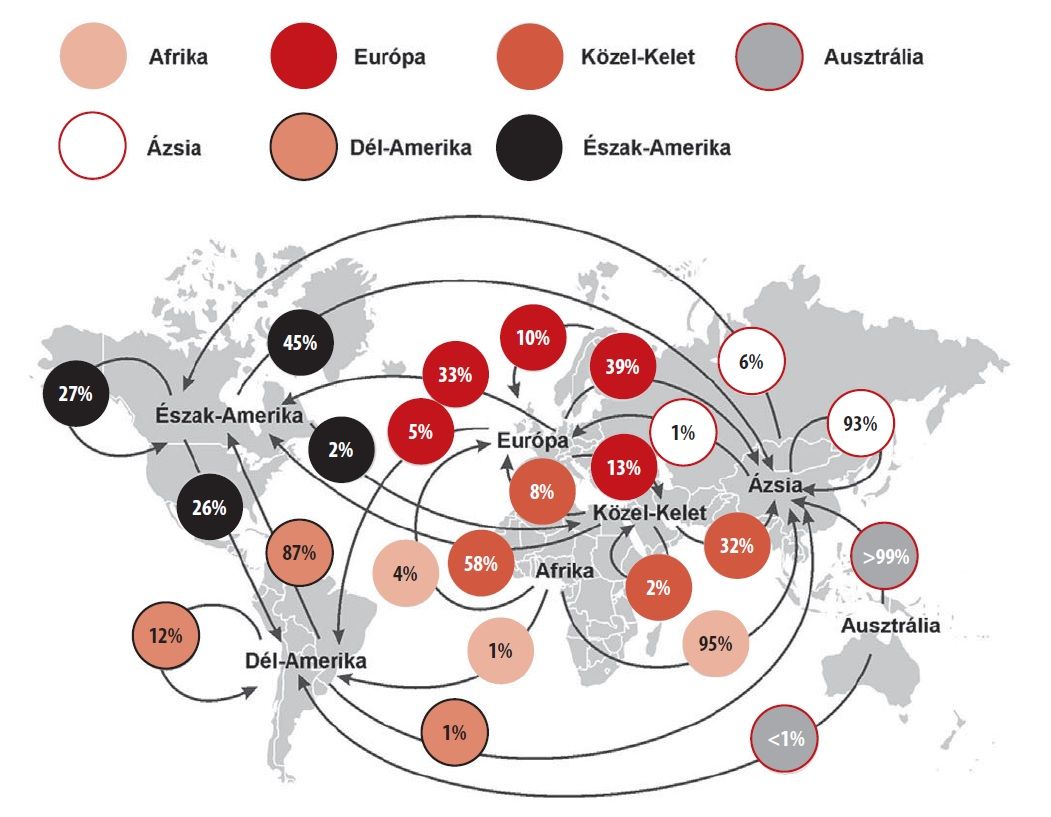In-patient services
Mobility of people with the aim of taking advantage of medical services has lately been a dynamically growing market and its annual growth is about 9-10%. (Kincses et. al 2009). As it was said in Chapter 4.1. the direction of the most intense mobility is from the developed countries to the developing countries offering high-tech medical services and markets. The target countries are primarily located on three continents, that is Asia, America and Europe. The most significant receiving countries are Thailand, India and Singapore. The distance between the two end points of medical tourism is growing. The most attractive factors in the selection of destinations are as follows (based on the research done by Kincses et al. )
a) Lower fees than in the patients’ home countries
b) Faster provision of services
c) The use of different, more up-to-date thechnology
d) Differences in the legal regulation of health care
e) Services offer a complex and pleasurable experience.
For further details see: http://www.weborvos.hu/adat/files/2008/egsz3337.pdf
The developed countries including the USA, Germany and Belgium may become the target countries for those patients, who come from Latin America or the Middle East and who look for the most modern medical technologies regardless of their price. The clinics and hospitals of Central and Eastern Europe primarily receive patients who are in need of dental, ophthalmolocial treatments, or plastic surgery. „The developments in information technology have largely contributed to the growth in patients’ numbers because by using IT servies any prospective patient can easily get information on possibilites, safety issues, quality of service and the success factors of tratments. (Kincses et al. 2009, p. 11)”. In Europe as well as in several countries overseas there is a number of businesses, agencies, insurance companies specializing in health tourism which play the role of mediators between patients and institutions.

2. ábra: Patient routes in medical tourism. Source: Kincses et al. 2009, p. 35.